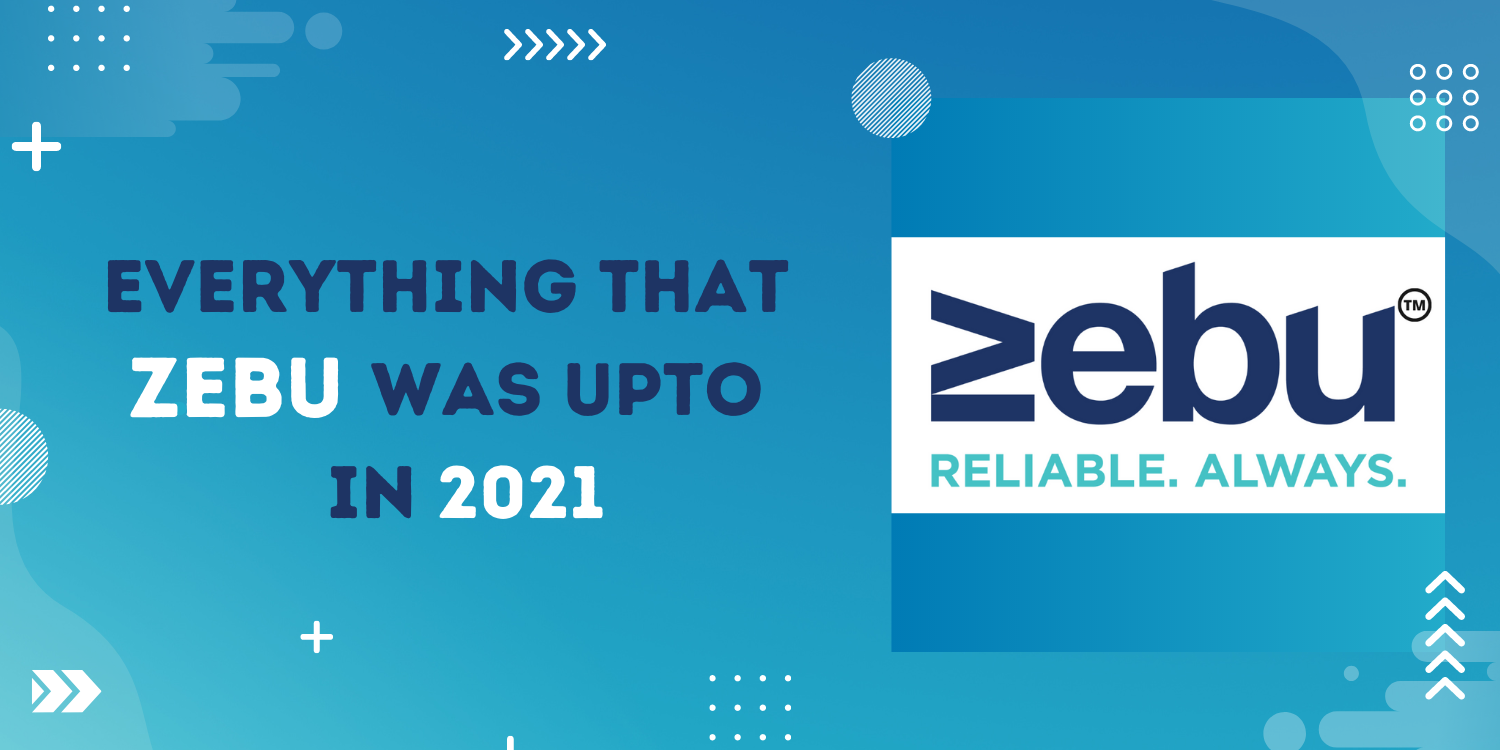
As a trader or investor, choosing the right brokerage firm can be critical to your success. While large brokerage firms often have name recognition and extensive resources, mid-level brokerages can offer unique advantages and benefits that can’t be overlooked. In this blog post, we’ll discuss some of the advantages and benefits traders and investors can get from going for mid-level brokerages.
Personalized Service
One of the primary advantages of working with a mid-level brokerage is the personalized service you’ll receive. Unlike larger brokerage firms, where you may be treated like just another client, mid-level brokerages often have a smaller client base, allowing for more individualized attention. You’ll likely have a dedicated account manager who will be able to provide tailored advice and support based on your unique needs and goals. This level of personalization can help you make better investment decisions and ultimately achieve greater success.
More Accessible
Another advantage of mid-level brokerages is that they are often more accessible than larger firms. They may have multiple locations and be more willing to meet with clients in person. Additionally, they may be more willing to work with clients who have smaller account sizes, allowing you to get started with investing even if you don’t have a large amount of capital, to begin with.
Eagerness to create better products
Mid-size brokerages will mostly be newer to the market and will take a special focus on addressing feedback. This means incorporating specific features that clients want into their products and services and ensuring that everyone has a positive experience with them.
Other Services
In addition to personalized service, accessibility, and lower fees, mid-level brokerages often offer a range of other services that can benefit traders and investors. These may include educational resources, research and analysis tools, and other value-added services that can help you make informed investment decisions. Additionally, mid-level brokerages may offer a wider range of investment products and services than smaller, independent brokerages, allowing you to diversify your portfolio and take advantage of a broader range of opportunities.
In conclusion, mid-level brokerages offer a range of advantages and benefits that shouldn’t be overlooked. From personalized service and accessibility to lower fees and other valuable services, mid-level brokerages can help traders and investors achieve their investment goals and ultimately achieve greater success.



